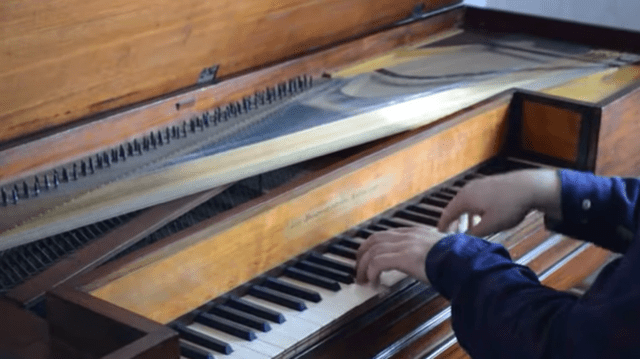Search & Discover
Story 1
The Rhine River
Beethoven loved to walk along the Rhine River. This map gives you an idea of how long the river is.
- Can you find Bonn?
- See how Bonn looks today. Click on either picture to open the scene. You’ll see Beethoven standing tall before the Post Office!
- Learn about the Rhine: its history, the cities along its banks, the stories about its castles, and how boats navigate the dangerous curves.
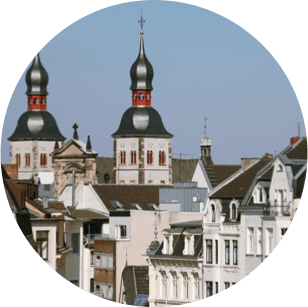

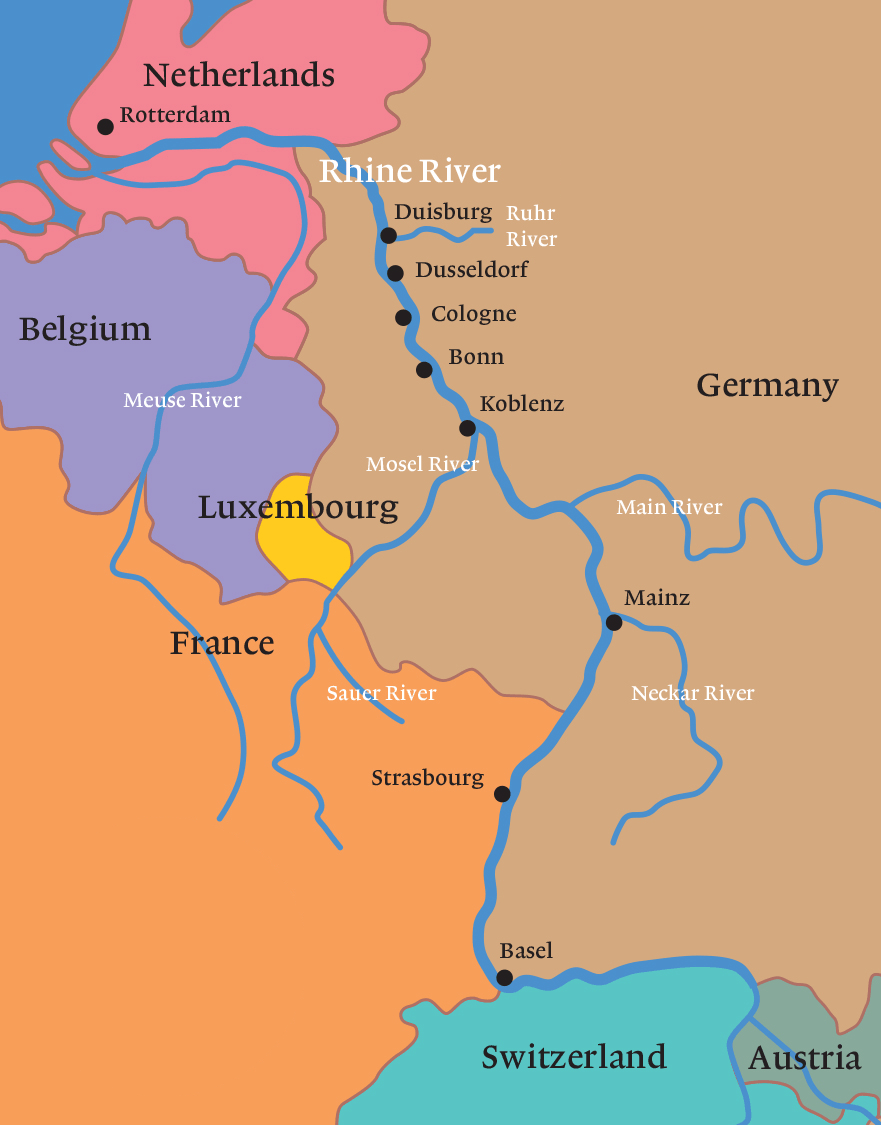
Beethoven and Bonn
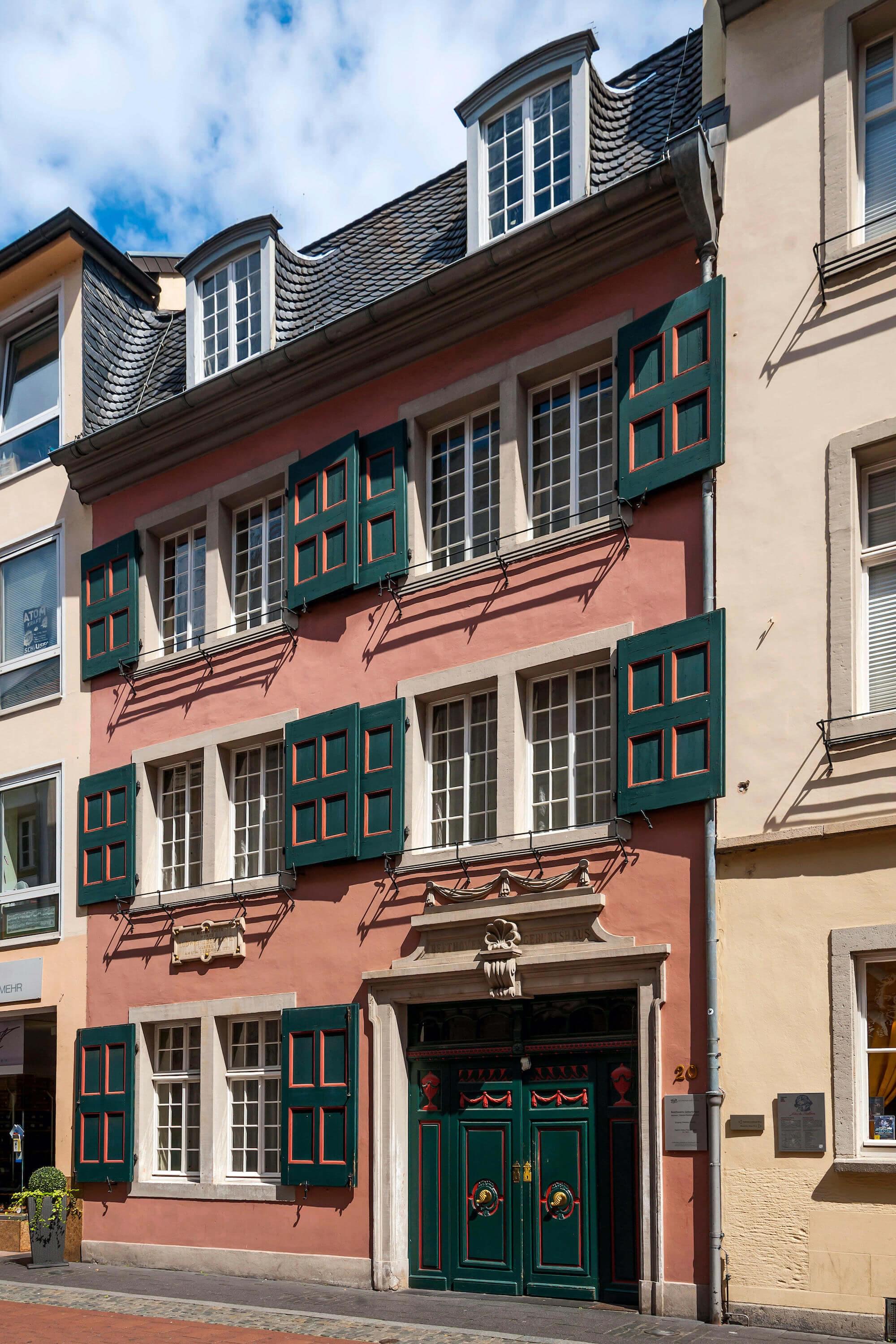
This house, where Beethoven was born, is now a museum. The rooms in which Beethoven spent his earliest years contain a rich amount of material associated with him: instruments, pictures, music, items he used, letters he wrote, musical ideas he sketched—an extensive and valuable collection.
The city of Bonn regards Beethoven as its most famous citizen. He’s still very much “alive” in the streets, neighborhoods, parks, and buildings in which he lived the first two decades of his life. In this tour of present-day Bonn you can see these places, and you’ll be introduced to things about Beethoven that will be discussed in upcoming stories.
The Neighborhood
The house on Bonngasse in which Beethoven was born is among the few houses built in the 18th century still in existence. It’s now a Beethoven Museum. When the Beethovens lived there, the neighborhood also was interesting.
Many Bonn musicians served in the court of the Electoral Prince. A number of them lived in this neighborhood. Beethoven’s grandfather lived across the street. Johann Peter Salomon, a court violinist and composer, lived in the front building. Nikolaus Simrock, a bugler and horn player in the court orchestra, also lived nearby. All of these men played important roles in Beethoven’s life.
The Beethovens moved frequently: to a house on a square (Ludwig was 4), to a house on Rheingasse (Ludwig was 6), and then to a house on Wenzelgasse (Ludwig was 17). None of these houses has survived.
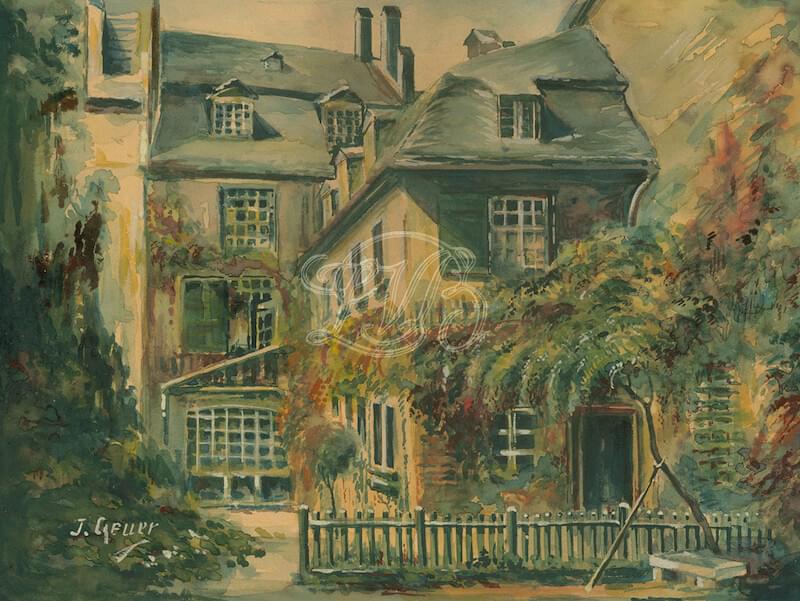
Courtesy of Beethoven-Haus Bonn, B 2477
You can often find more information about any image from the Beethoven-Haus by clicking on the red number at the end of the caption.
An Organist?
Keyboards, pedals, and a music rack with a special history!
Christian Gottlob Neefe, Beethoven’s teacher, encouraged him in many ways. By finding him a job, Neefe helped Ludwig begin his career as a musician. One job was to sometimes substitute for Neefe as the organist for Sunday services in a Bonn church.
These are the keys and pedals that 12-year-old Ludwig played on as that substitute organist. They were saved from the original organ when the church burned down. They are now in the Beethoven-Haus in Bonn.

A Practice Piano Like Beethoven’s—Look
Below is a picture of a pianoforte (literally “soft-loud”) like one on which Beethoven might have practiced.
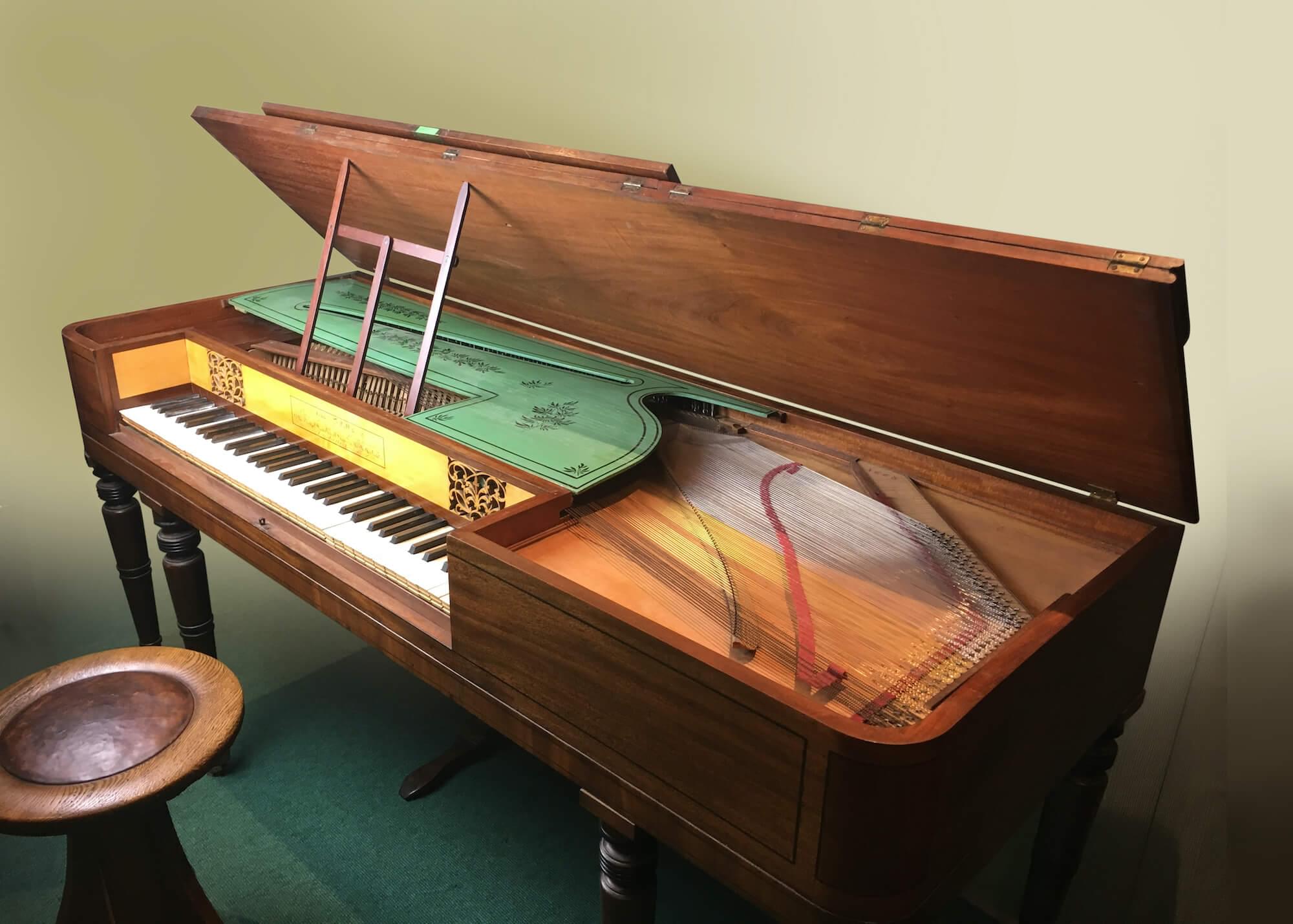
- What do you notice about the piano shape?
- Where are the strings?
- Does this piano have as many keys as your piano?
A Practice Piano Like Beethoven’s—Listen
Beethoven might have had a piano like this at home. Listen to how such a piano sounds. You’ll hear part of the first movement of Mozart's Sonata in D, K. 311.
As you listen and look, think about how you’d describe
- The sound
- The dynamics (loud/soft)
- The touch (legato/staccato)
